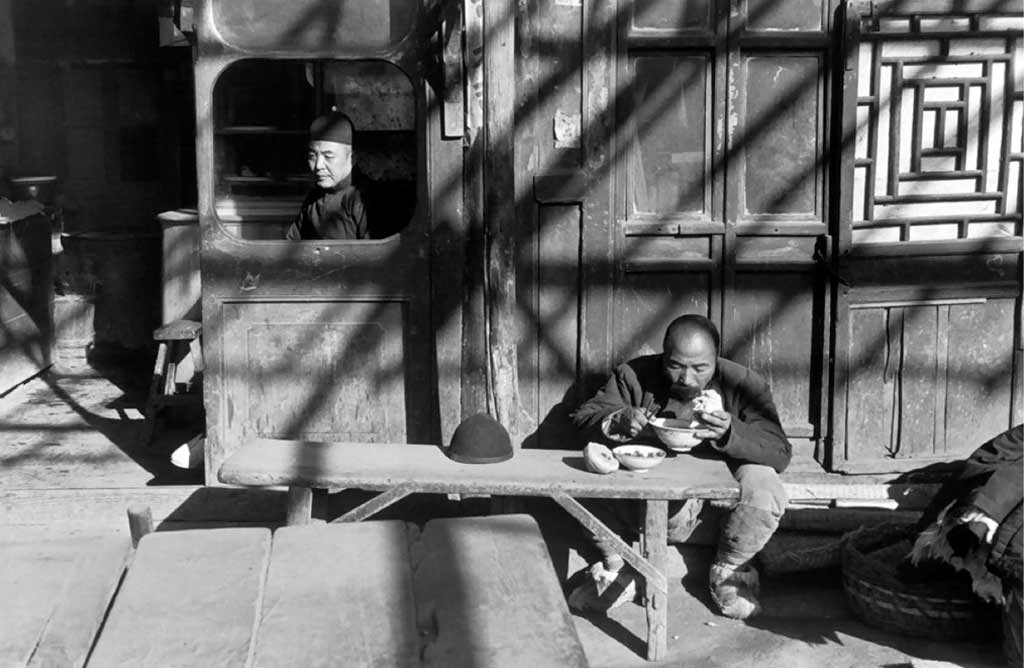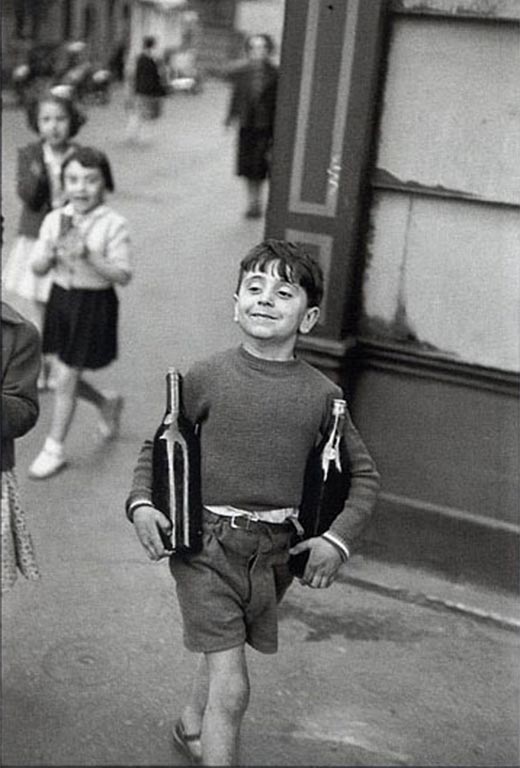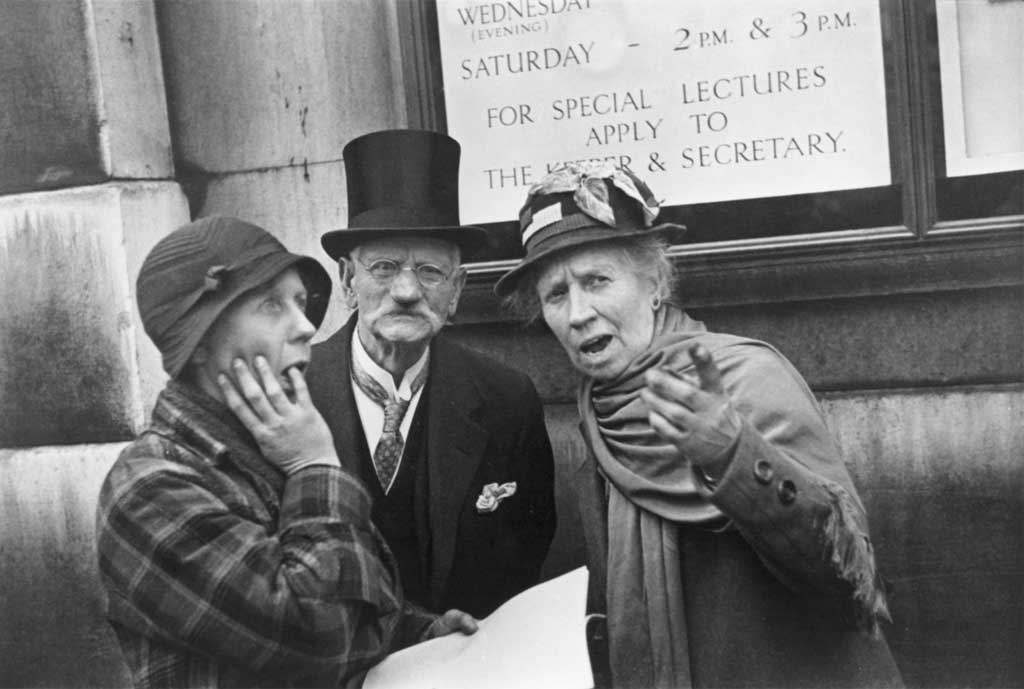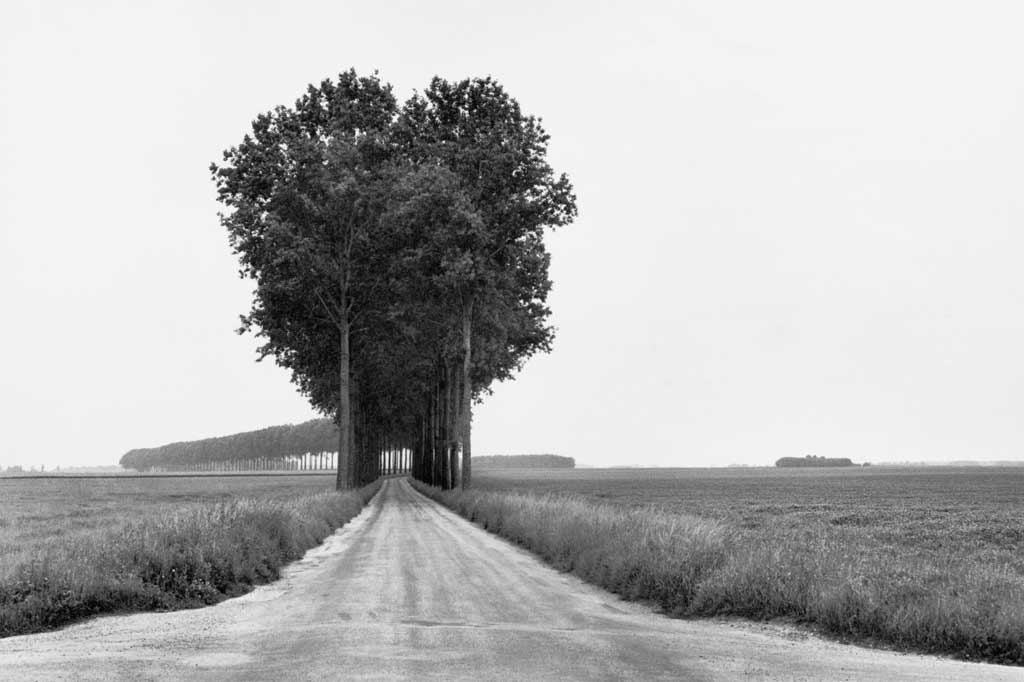The most thrilling photographs are the ones captured in a moment of spot, snap and click. All three in succession and in the right time span. Spontaneity has always been ‘in’. French photographer and painter, Henri Bresson was one of the pioneers of giving the moment more importance than the technique behind it. Needless to say that his technique was impeccable, he did not let the paraphernalia hold his pictures down.
A Little Background
Known as the father of photojournalism, Henri was a master of the style that captured candid and exclusive. His contribution in the formulation and rise of street photography has been immense and some of his most famous shots consist of the beauty that lies on a walk down the road in a state of observance and awe. He coined the term ‘The Decisive Moment’ and made a remarkable launch of the whole concept of reporting through photos. He travelled free spirited in his passion and longing to bring some of the most well framed and wide variety of photographs.
He was an early user of the 35 mm film and also used the Leica camera with a 50mm lens. Smart to know that people would get cautious seeing a random guy click their photos, he painted the silver on the camera with black to make himself more anonymous and free. His first pictures as a photojournalist captured the coronation of King George VI and Queen Elizabeth. It was for a French weekly called ‘Regards’. He struck international glory with his coverage of Mahatma Gandhi’s funeral in India and the last stage of the Chinese Civil War in 1949. Coming from a family of textile enthusiasts, Henri was quite a creative stalwart. His credited the theories learnt while painting as a major help for him to know the technical nuances of the camera.
Style
Below, we share five of his pictures. Note how they’re the least bit edited and, as far as we know, almost always spontaneous.
1. China 1948- 1949

Composition:
The shadow acts as leading lines into the photograph that draw the viewer into the main contrast between the two people.
Originality/ Creativity:
The peasant sits to eat his meal and the shopkeeper on the other side who is left with nothing to sell. Bresson has always been successful at engaging the audience with the moment he captures. Always leaving us with something to think about.
Mis-en-scene:
This picture was clicked in China during the final days of the Kuomintang. A black and white combo mixed with a creative use of shadow and a clear exposure on both the peasant whose market is shut and has come down to Beijing to sell his vegetables and the shopkeeper.
[box]Pick-up point:Learn how to use light around you. Sometimes reducing the light at some points and increasing at some points can accentuate your subject and its theme in a more effective manner.[/box]
2. Little boy, Paris, 1954

Composition:
Using a portrait orientation, the framing does a great job of telling the story in this picture. In fact, it’s all about the framing. This is a 50 mm lens but framing the subject (cheeky little boy) to accentuate how small he is, but adding to the charm of the picture. It also helps that there are little girls out of focus in the background.
Originality/ Creativity:
Bresson does an ace job with this one as he captures a very original moment. However, in terms of technique, it is not particularly novel.
Mis-en-scene:
The mis-en-scene in this picture would have to be the moment and the timing of the photograph to capture how proud this boy is to carry the bottles of wine. To get this shot in focus while maintaining the honesty of the moment is quite remarkable.
[box]Pick-up point: It’s all about capturing honest moments. Always keep your camera with you ready to shoot and sometimes you can really hit the spot.[/box]
3. The Coronation of King George VI and Queen Elizabeth, 12th May 1937, Great Britain.
Composition:
The play of eyes of all the three attendees has been used in a visually stimulating way to make the viewer understand the essence of shock and surprise in the atmosphere. This is done with a smart framing technique and against a very nonchalant background.
Originality/ Creativity:
With Bresson, it’s never about creative technique. He’s all about picking up moments and reflections from events in a very honest manner. Here, he does it again!
Mis-en-scene:
Bresson’s focus on the eyes and the posture to comment on the moment comes to the forefront.
[box]Pick-up point: This shot gives us a great indication of how you can cover a topic without actually shooting a subject. Here Bresson’s topic is the coronation, but he does this through people’s reactions.[/box]
4. The Solitary Dog
Composition:
Not one to follow photographic rules, whether Rule of thirds is said Bresson frames this picture with the Rule of Thirds to great effect. Despite its flat nature, there is enough of depth of field in this picture to pull you into the feeling in the dog’s eyes. Also, the contrast and exposure in the shot create a great impact.
Originality/ Creativity:
I believe, this shot is one of Bresson’s more creative shots. Not only, does he capture a great moment but also frames it in a way which really makes you happy and sad at the same time.
Mis-en-scene:
The mis-en-scene in this picture would have to be the framing of the dog’s face. And by extension, the fence as it frames the shot for Bresson while giving great contrast and punch to the image.
[box]Pick-up point: This shot highlights the importance of framing and how you if you can frame something right, it can accentuate your subject and deliver emotion much more effectively.[/box]
5. France, Brie, 1968.
Composition:
This is one of my personal favorites as it has a splendid use of depth and lines in photography. Leading lines have been used to give a sense of depth into the picture. Again, exposure is spot on as the contrast leads you through the lines in the picture.
Originality/ Creativity:
For Bresson, this is a very creative shot, as he a street and scene photographer. This shot, contrastingly, is in the country side.
Mis-en-scene:
With a subtle focus on the tree at large, the picture gives a feel similar to that of a gateway to heaven. It’s simply extraordinary and neat. Another picture significant of Henri’s nerve for perfection through imperfection. He loved to be less technical and more connective with his lens.
[box]Pick-up point: ThisAlways pick up on any sort of planes, curves and lines in your shot. Manipulating their position in your shot can take pretty picture to an awarding one.[/box]
Henri’s famous eye for an impromptu mélange of coordination and street smart photography made him one of the most loved artists of his time. Even today, his work remains an inspiration for camera enthusiasts and an eye opener for those who focus more on the type of lens rather than the quality of the photo.













